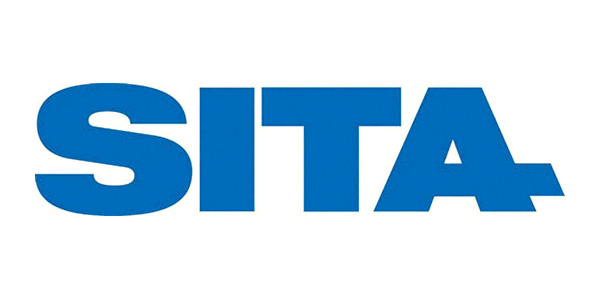Updates to Standard Practice for Phase I ESAs – ASTM and USEPA
The ASTM Standard Practice E1527-05 (Environmental Site Assessments) is due for an update after 8 years, and ASTM and the USEPA are in the final stages of publishing the proposed changes. The changes are planned to be effective November 13, 2013, pending public comment.
The purpose of the changes is to provide the User with more assurance the Phase I ESA will properly identify and classify RECs by providing additional guidance for the Environmental Professional (EP) who conducts Phase I ESAs.
While the basic format and content of Phase I ESAs will not change, several updates are significant and will impact the language and conclusions generated by the EP conducting Phase I ESAs. The most significant updates include the following:
- The definition of a Recognized Environmental Condition (REC) is being updated with a goal of identifying “conditions indicative of releases and threatened releases of hazardous substances on, at, in, or to the subject property.”
- The definition of Historical REC (HREC) is being updated to clarify that an HREC relates only to past releases that have been addressed to meet criteria for unrestricted residential land use.
- A new definition for a Controlled REC (CREC) is being added to describe conditions where previous releases were addressed and contaminants allowed to remain in place under restrictions or conditions that were put in place to control potential exposure.
- Clarification is being added to the definition of “de minimis condition” to ensure the EP properly addresses any known contamination with the proper HREC or CREC qualifier in order to properly address past corrective actions.
- The definition of “migrate/migration” is being updated to specifically include vapor migrations, meaning the EP will be required to identify vapor migration a REC.
- The updated standard provides a framework for the EP to verify agency information obtained from databases, meaning the EP will need to make efforts to review and document the validity of agency database information.
Additional changes have been proposed to address the consistency of certain definitions such as the definition of “release” and “environment,” as well as clarifying User Responsibilities.
For more information regarding the changes to the ASTM standard practice or discuss how we may assist you in upcoming projects, please contact us.















